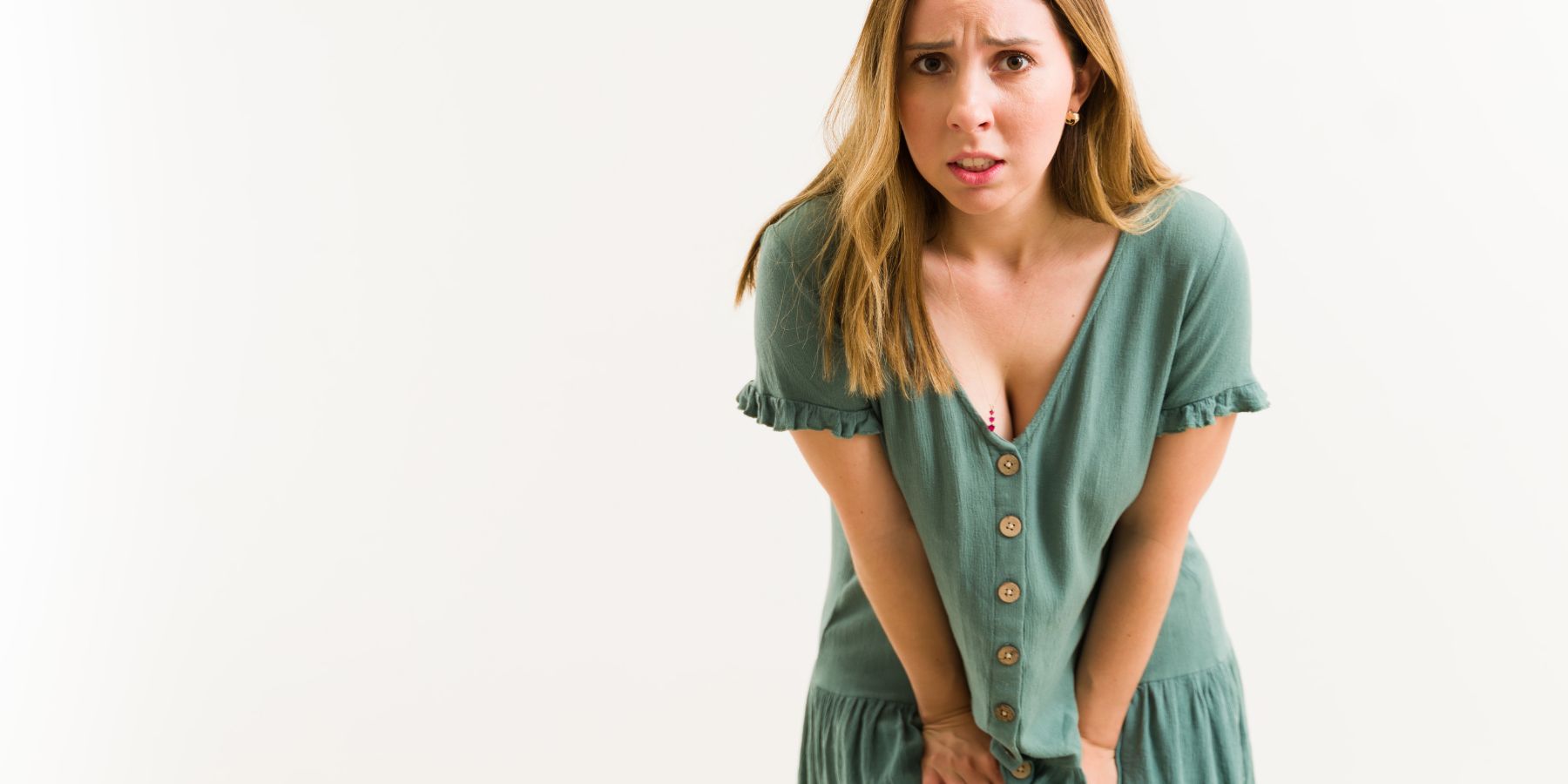Understanding the intricate process by which our bodies handle fluids and communicate the need to urinate is crucial for comprehending our physiological responses to hydration. The journey from sipping a refreshing beverage to feeling the urge to use the restroom involves a series of remarkable mechanisms. Let’s delve into the fascinating world of fluid processing and the signaling that governs how and when we need to urinate.
The Journey of Fluids in the Body
1. Ingestion: The Starting Point
The journey begins with the ingestion of fluids, whether it’s water, juice, or other beverages. As we consume these liquids, they enter the stomach, where the initial phases of fluid processing take place.
2. Absorption in the Small Intestine
From the stomach, fluids move into the small intestine, where the majority of absorption occurs. This is a critical step in the process, as it allows the body to extract essential nutrients and water from the ingested fluids.
3. Circulation in the Bloodstream
Once absorbed, fluids enter the bloodstream, becoming part of the body’s circulatory system. They are transported to various organs, tissues, and cells, contributing to overall hydration.
The Role of the Kidneys
1. Filtration in the Nephrons
The kidneys play a central role in fluid regulation. Within the kidneys, nephrons act as the filtration units. Blood flows through tiny capillaries called glomeruli, and here, water, along with electrolytes and waste products, is filtered out.
2. Formation of Urine
The filtered substances, now termed urine, move through the tubules of the nephrons. Along this journey, valuable substances like glucose and amino acids are reabsorbed into the bloodstream, while excess water and waste products continue toward the bladder.
Signaling the Need to Urinate
1. Bladder Filling
As urine accumulates in the bladder, it begins to stretch. This stretching triggers sensors in the bladder wall, sending signals to the brain that the bladder is filling.
2. The Micturition Reflex
When the bladder reaches a certain level of fullness, the brain initiates the micturition reflex. This reflex coordinates the contraction of the bladder muscles while relaxing the sphincter muscles, allowing urine to flow out of the bladder.
How Long to Pee After Drinking Water?
1. Immediate Response
The timing of the need to urinate after drinking water can vary. Some individuals may feel the urge almost immediately, especially if they’ve consumed a significant volume of fluid. This rapid response is influenced by factors such as individual metabolism and the rate at which the body absorbs water.
Read this article to get more information: how long to pee after drinking water?
2. Gradual Elimination
On the other hand, some people may experience a more gradual elimination process. The body continues to absorb and distribute water, and the urge to urinate may manifest over a slightly longer period.
3. Listening to Your Body
The key is to listen to your body’s signals. If you feel the need to urinate shortly after drinking water, it’s a natural response as the body efficiently manages its fluid balance. Pay attention to your body’s cues, and don’t delay responding to the urge.
Summary
In summary, the body’s processing of fluids and the signaling mechanism for the need to urinate are intricate processes that involve various organs and systems. From ingestion to absorption, circulation, and filtration, each step plays a crucial role in maintaining proper hydration and eliminating waste.
